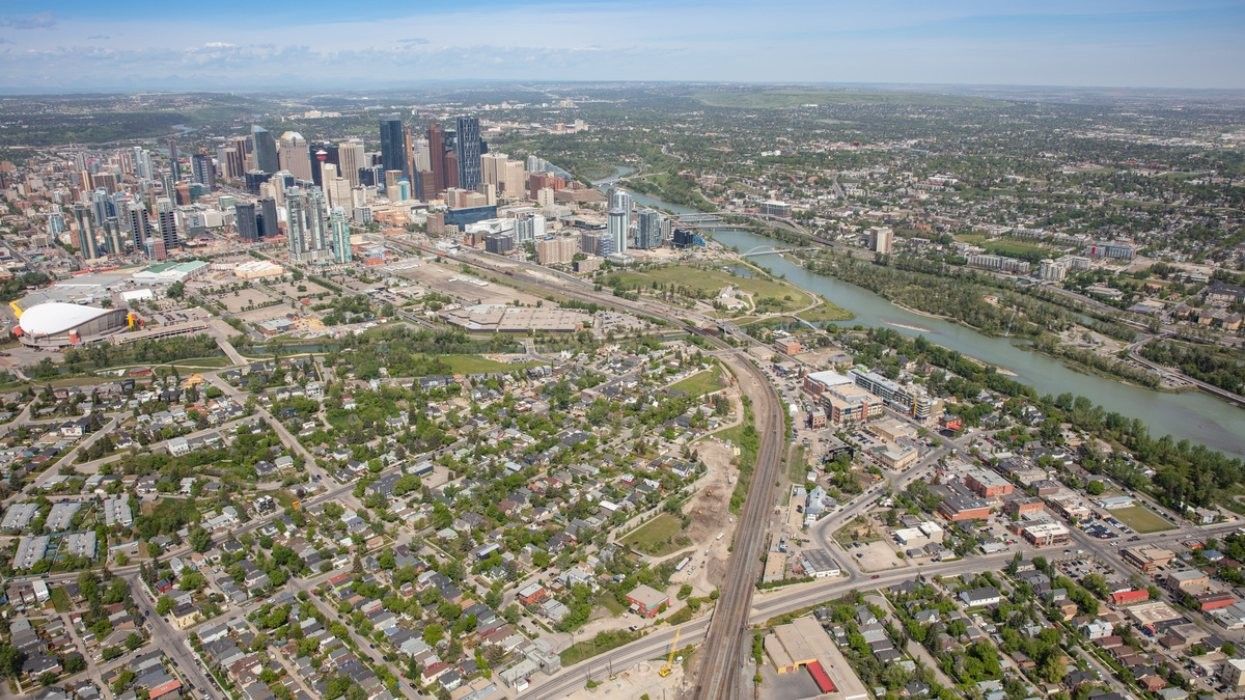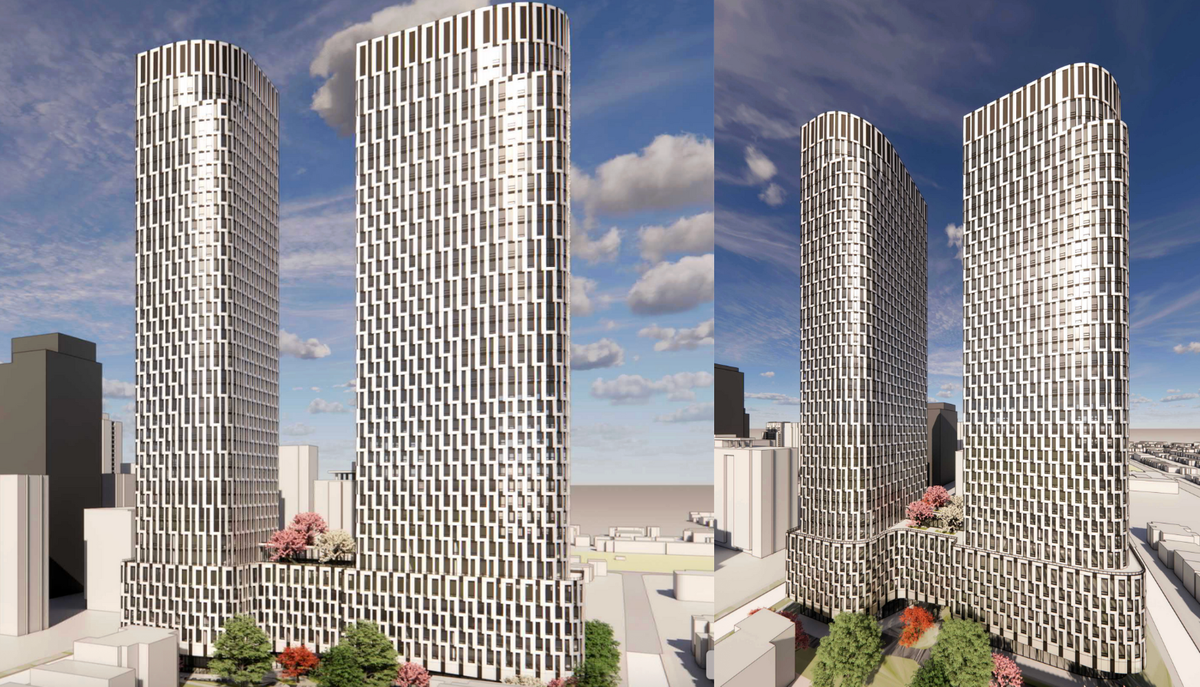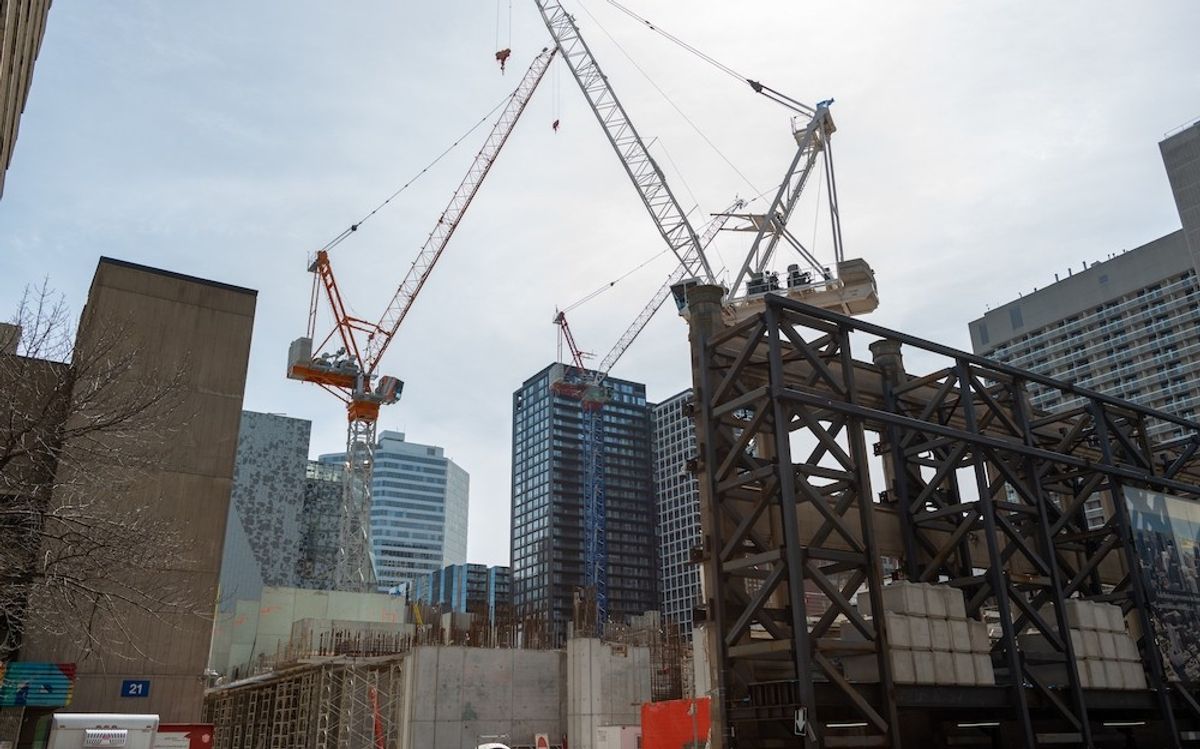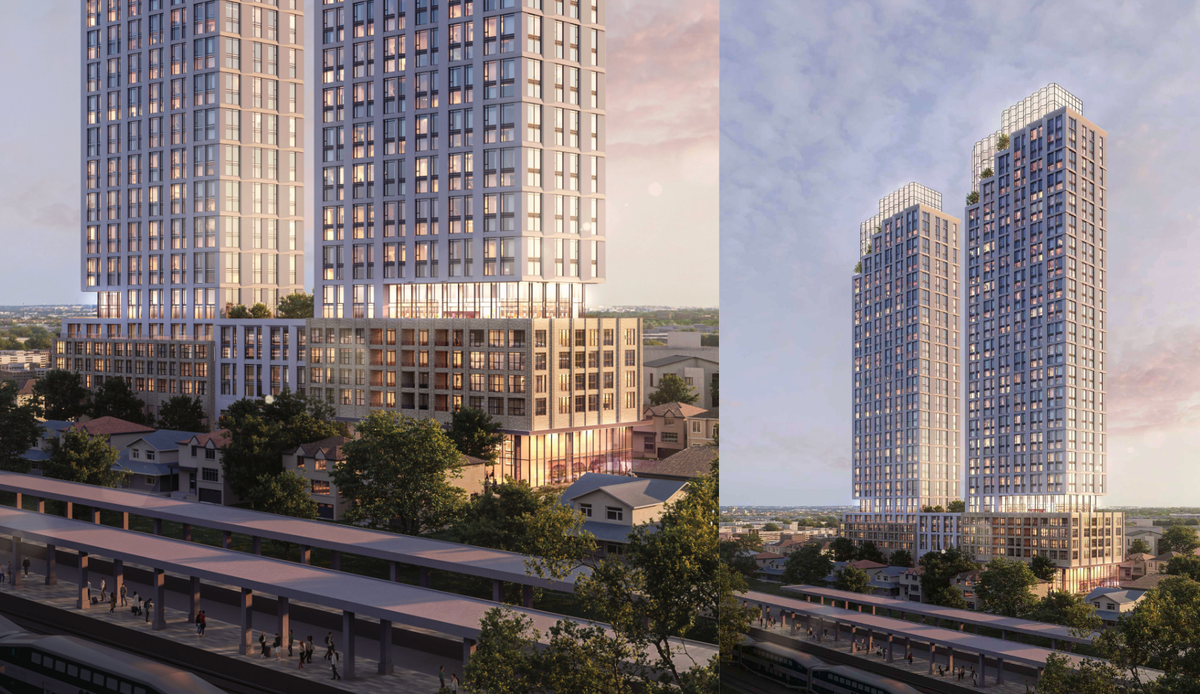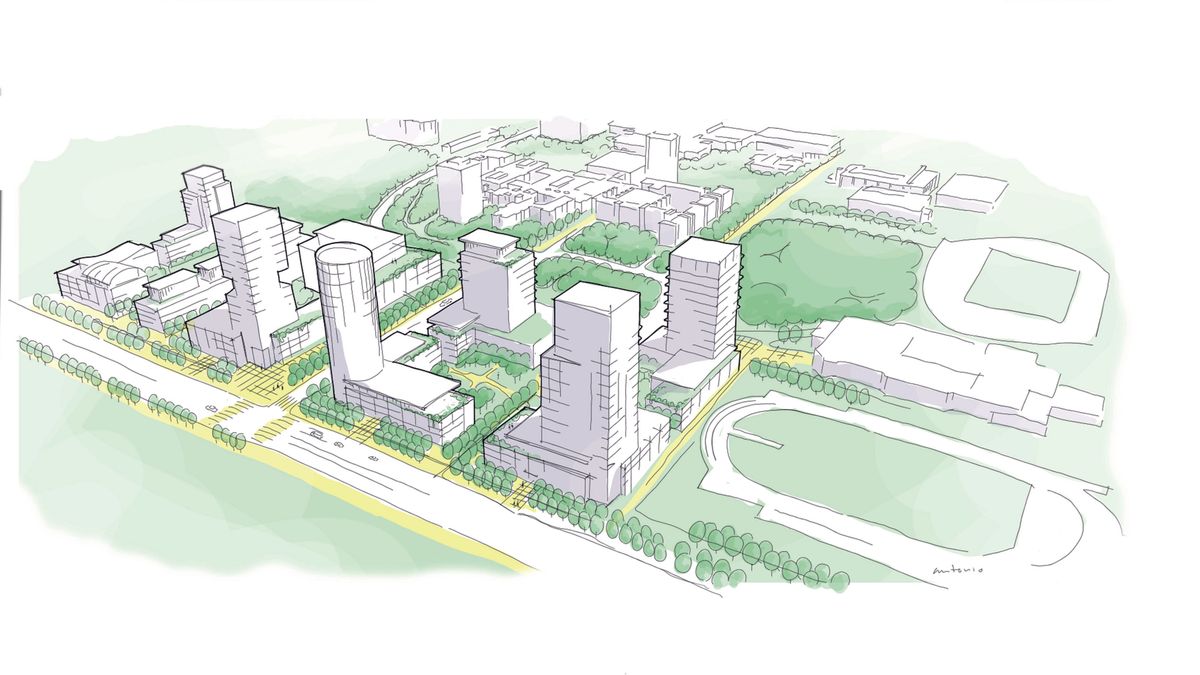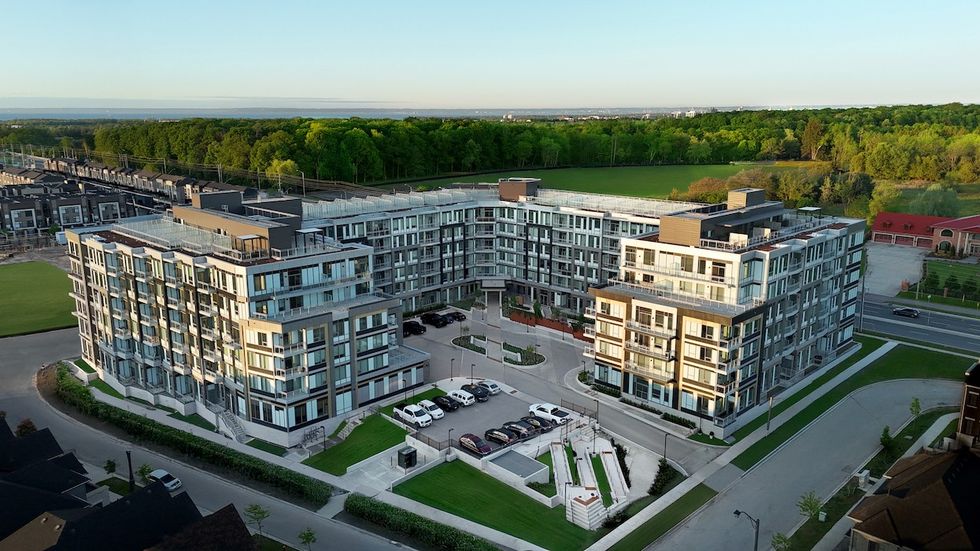In an effort to position the city "to attract industrial development" that will support the its economic diversification and expanding population, Calgary is updating its Citywide Growth Strategy with a new comprehensive Industrial Action Plan.
According to the City, industrial uses such as manufacturing, wholesale trade, transportation, and warehousing contributed $19.7 billion (16%) to Calgary's Gross Domestic Product in addition to supporting over 53,500 (10%) jobs.
At the same time, the industrial sector also makes up a significant portion of Calgary's property tax base, and has become an increasingly larger portion of the non-residential assessment base — from 21% to 34% over the past 10 years — as the assessment value of downtown office buildings has decreased.
"Administration examined the current state of industrial development and determined that economic conditions, particularly off-site levies and property taxes, are not optimized for attracting industrial land development within Calgary," said City staff in a recent report to the Infrastructure and Planning Committee.
"This represents a lost opportunity for the local economy and the non-residential assessment base. Stagnated development in the last decade has meant lower municipal reserve contributions via cash-in-lieu, removing a key funding source for school sites during a time when school site development is a priority. Furthermore, industrial to residential land use conversions have increased and generally been managed one by one by Administration, which has led to uncertainties for developers."
To address the aforementioned concerns, the City says it needs to take a "stronger, more urgent approach to enable industrial development" and that the new Industrial Action Plan "establishes a direction for industrial growth, identifying key actions, and where flexibility exists."
The Industrial Action Plan consists of a series of actions to modernize policy by right-sizing the industrial land base and updating industrial land use districts, investing in infrastructure that would benefit industrial uses, increasing development attractiveness with a new incentive program and property tax incentive, a monitoring of how effective the Industrial Action Plan is on an ongoing basis, among other actions.
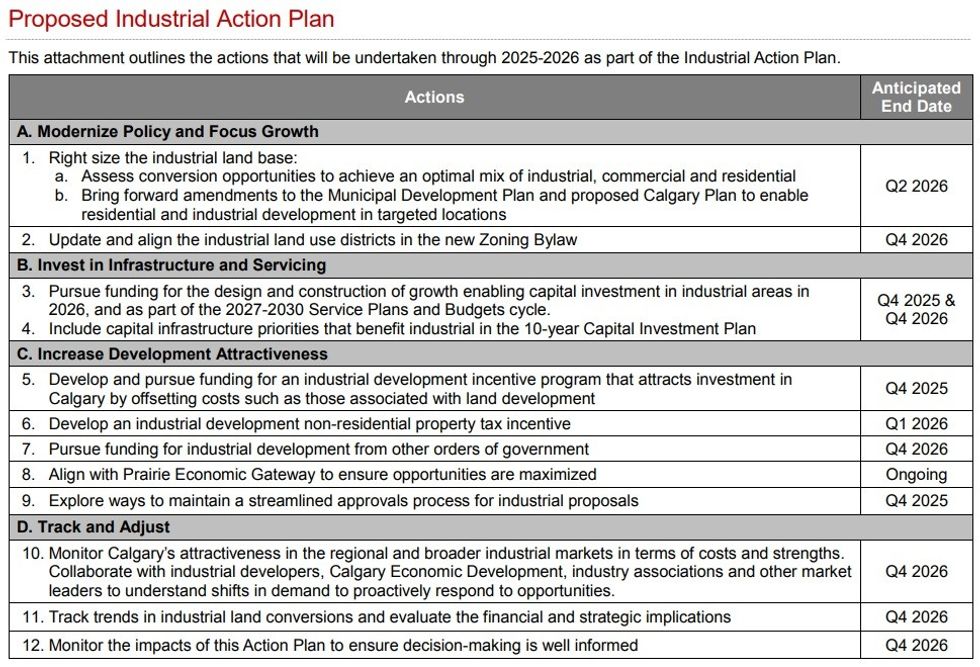
The possibility of a new industrial development incentive program is likely the most notable of the actions, particularly considering the Calgary's success with other incentive programs and the reality that financial assistance often makes more of a difference for developers than policy changes. The City report notes that costs to develop and operate industrial within Calgary are currently higher compared to adjacent municipalities and that an incentive program would help close this gap.
"Calgary has inherent strengths such as the proximity of jobs to a talent and labour pool, public transit and robust power and water services," said City staff, commenting on leveraging Calgary's strengths. "Enabling industrial growth within the city is complementary to future industrial market moves, including the rail-serviced focus of Prairie Economic Gateway. Focusing on subsectors such as agribusiness, transportation and logistics, and aerospace that value airport access focuses industrial development to advantageous locations in the city."
"If The City were to effectively implement the actions outlined in the Industrial Action Plan and provide funding to incentivize, for example, 100 hectares of industrial over the next two years, it is expected that development could materialize by 2031 and bring 2,400 jobs to Calgary, add $540 million in Gross Domestic Product, and generate $63.6 million from off-site levy contributions and $13.5 million of accumulated property tax revenue," added City staff.
"This is on top of the $7 billion in economic output and 30,000+ jobs anticipated for Prairie Economic Gateway over its build out. By catalyzing greater industrial development in strategic locations while facilitating strategic land use conversions, this approach will help build a city that includes a healthy industrial market, within a thriving regional economy."
On June 4, the Infrastructure and Planning Committee endorsed the new Industrial Action Plan, which will now be forwarded to Council for a decision.
